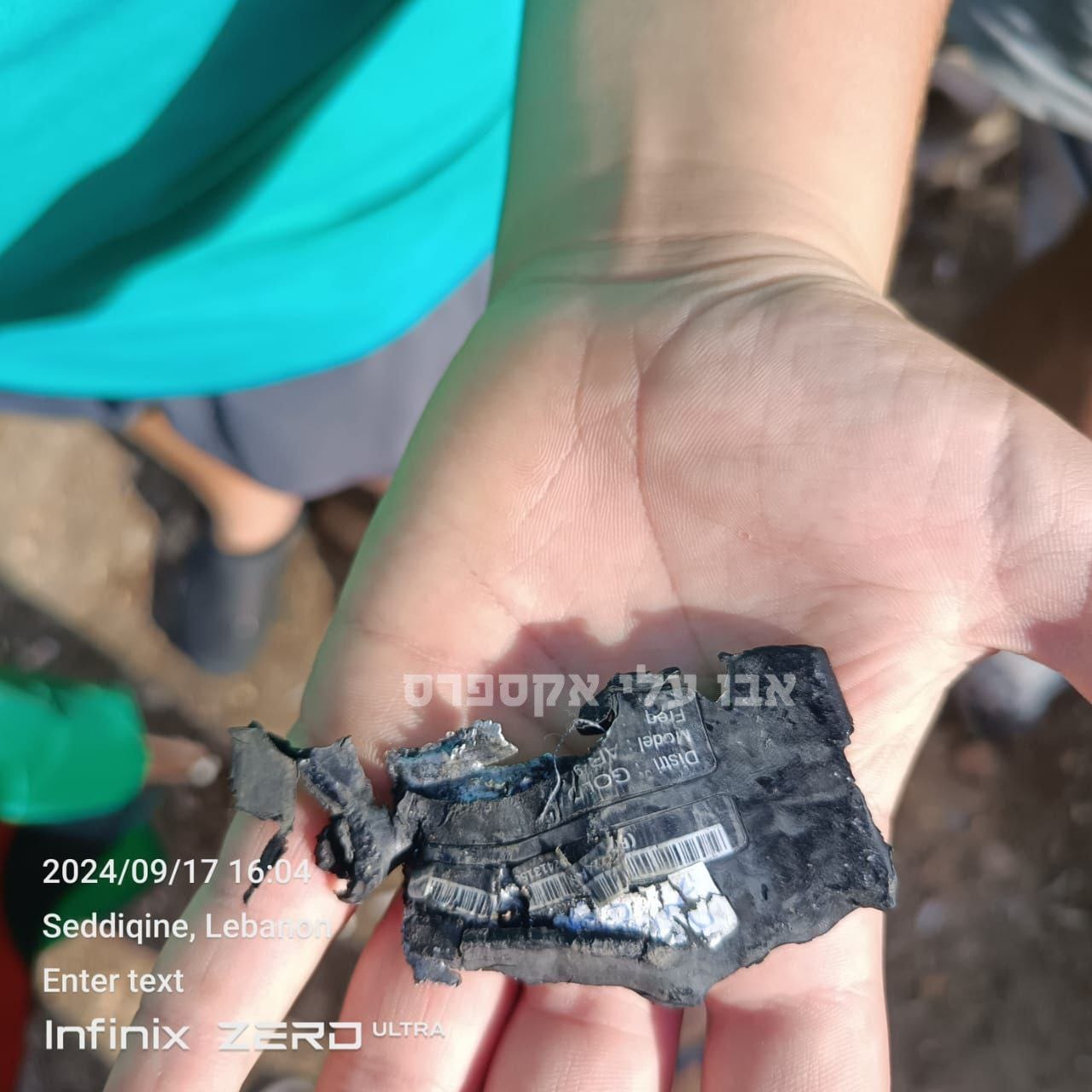Iran and its Allies Rough Week, from Pager Bombs, to targeted assassinations, New Modern Warfare playbook exposed
Can the west finally win a war and demolish an enemy, has Israel shifted the modern battlefield within the last several weeks to finally allow the west to defeat an enemy into submission
The Most Advanced & Successful Multifaced Attack in Modern warfare History
What happened in Lebanon in back-to-back days and this week will forever be remembered as one of the most advanced multifaced attack and successful attacks in modern warfare & world history but specifically in urban warfare. I would dare say welcome to the battlefield Mossad in a Hollywood scripted style attack that’s allegedly carried out by Israel, the attack took out nearly 8,000 Hezbollah fighters by targeting their communication pagers, walkie talkies and other devices considered outdated by most but essential for Hezbollah’s covert operations.
This event, which spread from southern Lebanon to northern Syria where Hezbollah fighters were stationed and working also serves as a stark reminder of the evolving nature of cyber warfare combined with kinetic warfare and its growing impact on military conflicts. The use of this type of attack is a game changer.
The precision of this attack suggests a high level of intelligence and technological capability. It appears to be a combination of a supply chain attack with technological capabilities involving intercepting the devices, planting a small explosive and developing a firmware backdoor to allow the batteries to heat up and trigger the small explosive to explode.
Therefore, by clicking a button and triggering an explosion, Israel—if indeed responsible—was able to cause the pagers, walkie talkie and other communication devices to overheat and explode, injuring over 8000 Hezbollah operatives or thus far killing as many as 37 Hezbollah fighters as reported although that number is expected to be much higher when all the dust settles and some reports leaked online show as many as 897 dead form these attacks.
A Wake-Up Call
One of the most striking elements of this attack is the combination of intelligence including cyber, signet and human. A sophisticated understanding of Hezbollah’s communication protocols was likely obtained through multiple intelligence operations that caused Hezbollah to shy away from modern technology and default to old technology that might limit Israel’s ability to track Hezbollah movement.
The attack also depended heavily on the human factor which featured multiple Hezbollah operatives being compromised knowingly or not, feeding crucial information to Israeli intelligence operatives and supplying them the data they needed to plan and execute this attack.
The Future of Warfare
This attack is not an isolated incident. Over the last several months, Israel has demonstrated its capabilities against the axis of evil led by the tyrannical and murderous leaders of Iran. This latest action in Lebanon shows the extent of their reach, using even legacy technology as a weapon, after taking out the leader of Hamas in his lush guest house in Tehran.
First, Hezbollah is led by Hasan Nasrallah an arch terrorist who is smart, patient and strategic. Hezbollah has fought multiple wars against Israel in the 1980’s and 2006. Hezbollah is also experienced in the battlefield and urban warfare having supported Syrian President Basher El-Asad during the civil war in Syria that killed over 500,000 Syrian citizens and turned millions into refugees.
After the October 7th, 2023, attack by Hamas on Israel, Hezbollah entered the battlefield to assist Hamas and keep part of the Israeli military occupied in the Northern front of Israel. Israel in turn had to evacuate over 100,000 citizens to shield them from the attacks of Hezbollah. Since that day Hezbollah has fired over 8000 rockets into northern Israel and over 1000 suicidal UAV. They also killed 12 Israeli’s and hundreds of chickens (More about this in another article).
History is important to understand for this attack, Hezbollah after October 7th, didn’t trust their communications and Nasrallah instructed their team to go old school and find other methods of communicating that they think the Israelis won’t be able to abuse. This starts this attack chain.
The New York Times reports that the Israeli Mossad through a series of shell companies in communication and logistics all over the world were used to establish cover and lead the search that Hezbollah was looking to acquire. Once the opportunity presented itself this operation began to really take shape.
The next steps are unverified and lots of rumors circle this, but several intelligence operatives have confirmed that this would be a likely method by which this whole story began.
Nasrallah gave the order to find communication systems that Israel wouldn’t be able to track movement or communication. The shell of Israeli companies began procuring the pagers, walkie talkies and other devices and testing their plan. See this video below to how the Mossad made this plan happen.
Once this plan was ready, those companies delivered the communication devices to Hezbollah and so the wait began for the day to send that group page to all those pagers that will lead to the events of this week. Additionally, think of the amount of planning that went into this, the creativity involved with turning one battery into an explosive that weighted 20 grams. Additionally, the foresight to delay the detention by 4-5 seconds to allow the terrorists to pull it up and apply maximum damage. The back-to-back attacks also had significant psychological damage to Hezbollah and its major benefactor Iran.
In conclusion, the events that unfolded this week signal a monumental shift in modern warfare, showcasing the potent combination of cyber, human, and kinetic tactics. Israel's alleged operation against Hezbollah has redefined the battlefield, utilizing seemingly outdated technology as a weapon of mass disruption and destruction. This attack's complexity and precision—targeting communication devices critical to Hezbollah's operations—demonstrates not only the immense intelligence behind the execution but also the far-reaching consequences for future conflicts.
As warfare continues to evolve, with the lines between digital and physical battlegrounds becoming increasingly blurred, this operation will likely be remembered as a watershed moment. The implications for Iran and its allies are severe, with a clear message being sent: no technology, old or new, is immune from exploitation, and no enemy, however entrenched, is beyond reach. The West, and particularly Israel, may have just set a new playbook for modern warfare—one that will be studied and emulated for years to come. The question now is whether their adversaries can adapt quickly enough to survive this new era of conflict.






